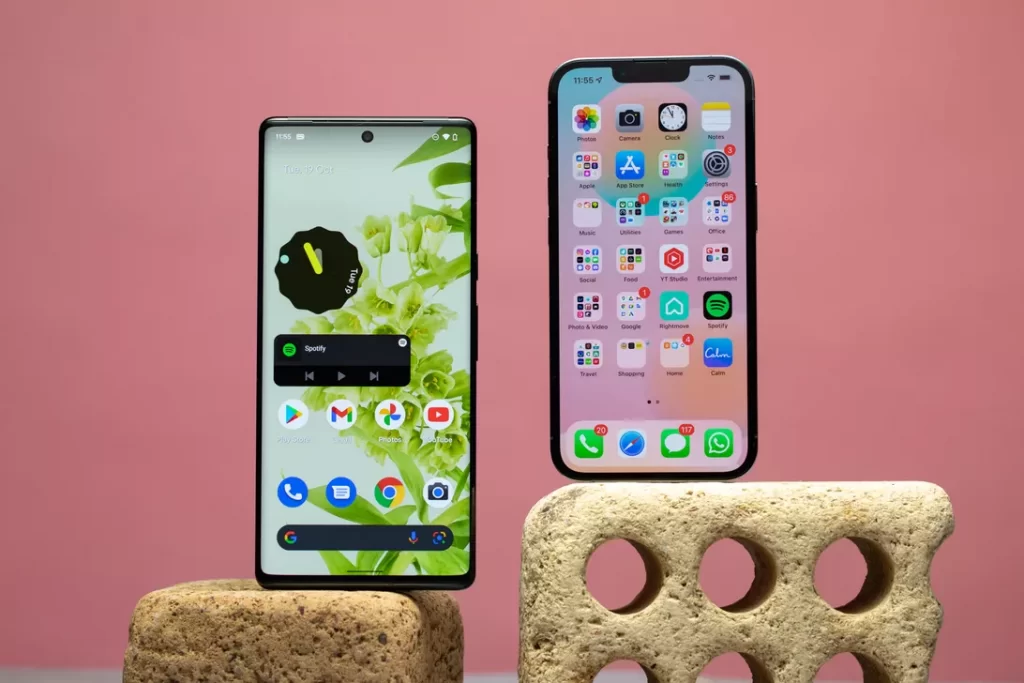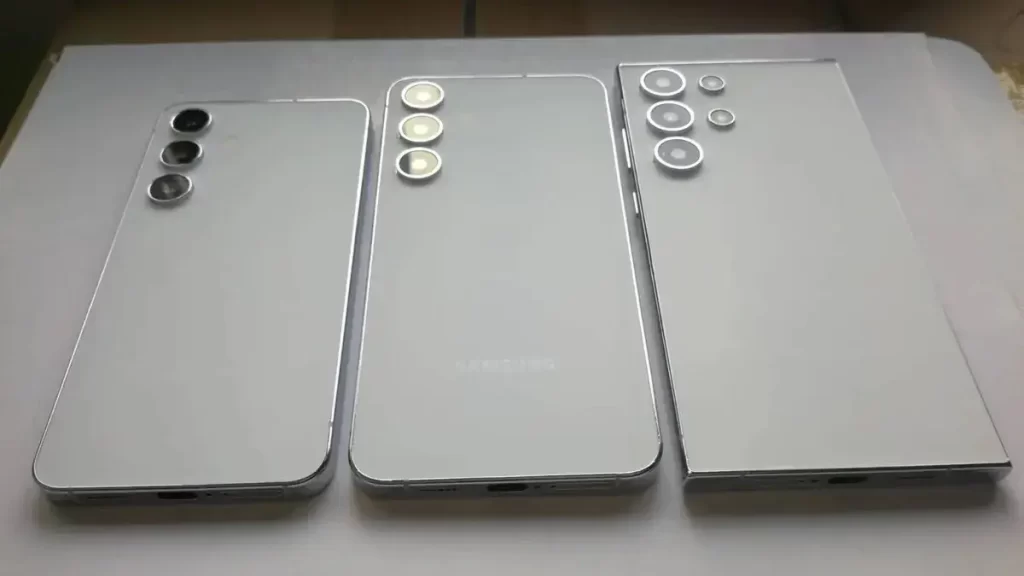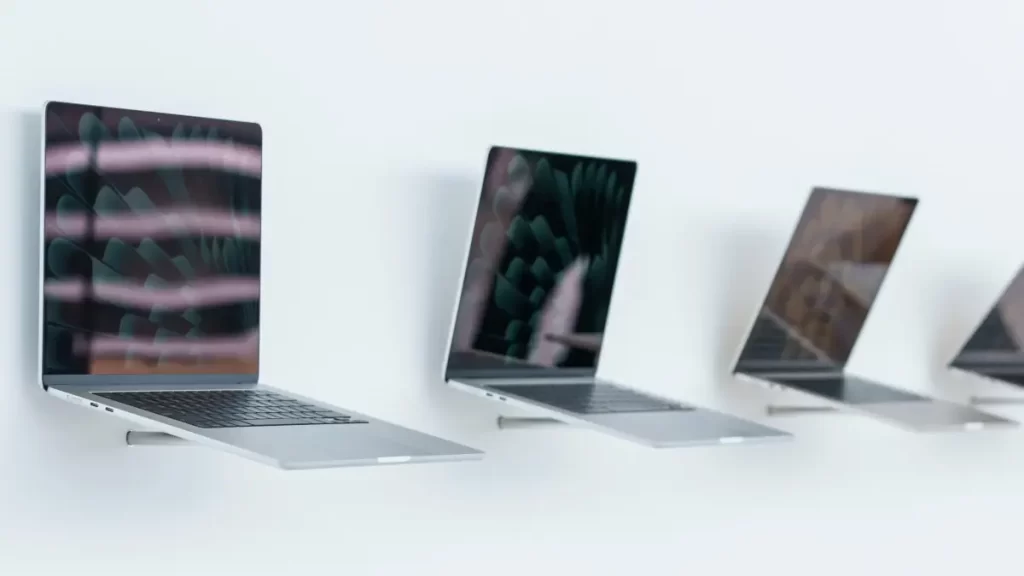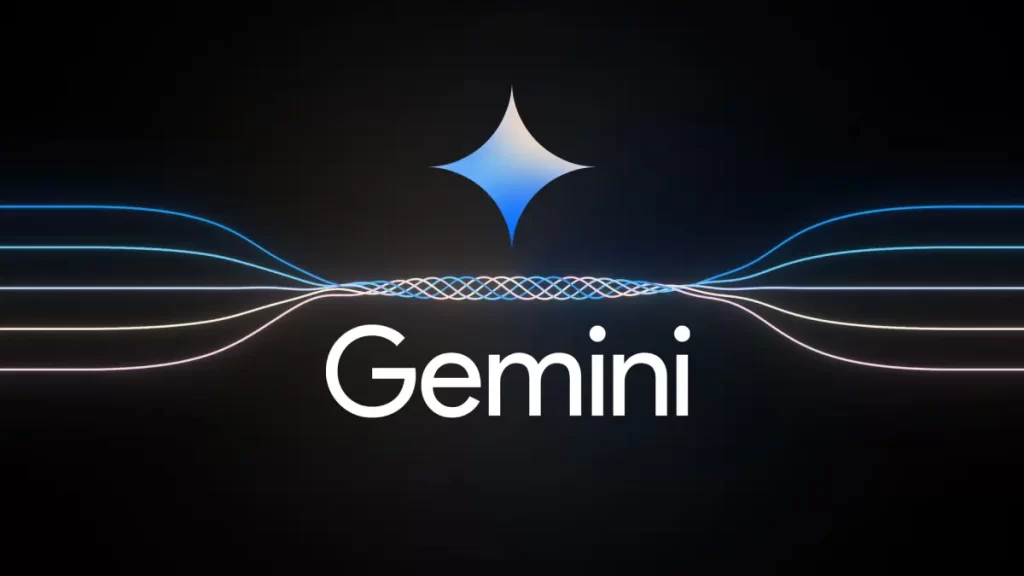After a long wait, I’ve got my hands on Google’s new premium flagship phone, the Pixel 6 Pro, which Google revealed at its Pixel 6 event alongside the Pixel 6. Google teased the phone back in August and I explained at the time why I was excited to try its new camera setup, its Android 12 software and the Google-made Tensor processor at its core. Now it’s actually in my hands that excitement hasn’t faded. I’ve only spent a short amount of time with the phone so far but I’ve already noticed a few key improvements over the previous Pixel 5.
But then it needs to make those improvements, given its significantly higher asking price. At $899 (£849, converts to about AU$1,570), the Pixel 6 Pro costs a sizable $200 more than the Pixel 5, so there’s no question that Google is pitching this handset as a premium phone to be considered alongside the iPhone 13 and Samsung’s Galaxy S21 (though in many ways, the Pixel 6 is more exciting).
The Pixel 6 Pro feels like a much more premium phone, replacing the textured back of the 5 with a two-tone, all-glass glass back with camera strip along the top. It’s reassuringly solid to hold, while the glass on the front curves gently at the edges to meet the aluminum frame. One tip, though: Buy the sorta sunny orange color option — my stormy black review model is pretty dull to look at.
The 6.7-inch display stretches right to the edges of the phone and it seems both bright and pin-sharp thanks to its 3,120×1,440-pixel resolution. Google also says it has an adaptive screen refresh rate that dynamically adjusts between 10 and 120Hz, depending on what you’re doing. If you’re gaming, for example, you’ll need that high refresh rate, but in order to save power, the phone will adjust to a much lower rate when the phone is simply displaying the home screen.
Google’s own Tensor processor
The Pixel 6 and 6 Pro are powered by the Tensor processor — Google’s first custom-made chip, which the company promises will have a variety of benefits, particularly for “machine learning,” speech recognition and AI. It’s a significant move for Google to produce its own silicon and it marks a clear commitment to remain in the hardware game — after all, you don’t go to the effort of developing your own processors as a one-off experiment.
But many of the benefits will come over time as Google develops more ways to take advantage of its new hardware. In use right now, you won’t notice any difference from any other high-end smartphone processor. It seems nippy and free of any annoying lag and you’ll operate the phone in exactly the same way you would any other Android phone. Think of it like putting a new engine in a car; you’ll still drive it just the same, on the same roads, using the same fuel, but it might go a bit faster and may be more efficient. Or it may not. Time will tell and I’ll have more details on this in my full review.
Android 12
The Pixel 6 Pro arrives with the latest release of Android on board; Android 12. Google has already shown off some of the key upgrades in Android 12, which includes features like scrollable screenshots and more advanced controls over privacy, such as being able to turn off system-wide access to the microphone and camera from your control panel.

Privacy is helped as well by the dedicated hardware co-processor — called the Titan M2 — which should allow for better on-device security. Google also promises five years of security updates for both Pixel 6 phones, which will mean you can keep using your device safely for much longer.
One of the bigger features that’s (for now) exclusive to the Pixel 6 and 6 Pro however is the ability to create custom themes for the phone based on whatever image you have as your background. When you choose a new wallpaper (either one of the many built-in wallpapers, or any of your own images saved to your phone) the phone will automatically pick out the dominant color and will use that, and its complementary colors to change the look of the interface.
3 rear cameras
The back of the Pixel 6 Pro is home to three cameras; a 50-megapixel main camera, a 12-megapixel ultrawide lens and a 48-megapixel telephoto camera that offers 4x optical zoom. The main camera uses a larger 1/1.3-inch sensor which Google says captures 2.5x more light than the Pixel 5, helping it take brighter, sharper images in low light. The Pixel 5 was already able to take decent low-light images so I’m excited to see what these upgrades bring to the table.
The Pixel line has always been known for taking solid images: They’re usually up there with, but not really surpassing the competition. Both the iPhone 13 Pro and Samsung Galaxy S21 Ultra pack superb cameras capable of capturing beautiful images in any conditions so the Pixel 6 Pro will need to put in a stellar performance to tempt enthusiastic photographers to part with their cash.
On paper, its triple setup sounds appealing, offering more zoom than the iPhone 13 Pro (4x versus 3x, although less than the S21 Ultra’s 10x optical zoom) as well as 4K, stabilized video, improved auto modes for better skin tones for people of color and a “magic eraser” function, which can apparently automatically remove people and objects from the background of an image.
Premium phones can live or die on the back of their camera quality so I’m keen to take the Pixel 6 Pro for a proper photo tour to see just how well it compares.
Other Pixel 6 Pro key features
- IP68 water-resistance
- In-screen fingerprint scanner
- 5G connectivity
- 12GB RAM
- 128GB base storage
- 5,003-mAh battery
- 30W fast charging
- 11-megapixel front-facing camera
| Google Pixel 6 Pro | Google Pixel 6 | Google Pixel 5 | Pixel 5A 5G | |
| Display size, resolution | 6.7-inch LTPO OLED; 3,120×1,440 pixels; 10-120Hz | 6.4-inch OLED; 2,400×1,080 pixels; 60 or 90Hz | 6-inch FHD+ OLED; 2,340 x 1,080 pixels | 6.34-inch OLED + Full HD Plus (2400 x 1080 pixels) |
|---|---|---|---|---|
| Pixel density | 512 ppi | 411 ppi | 432ppi | 413ppi |
| Dimensions (Inches) | 6.5×3.0x0.4 in | 6.2×2.9×0.4 in | 5.7×2.8×0.3 in | |
| Dimensions (Millimeters) | 163.9×75.9×8.9 mm | 158.6×74.8×8.9 mm | 144.7×70.4×8.0 mm | 156.2×73.2×8.8 depth (mm) |
| Weight (Ounces, Grams) | 7.41 oz; 210g | 7.3 oz; 207g | 5.33 oz; 151g | 6.45 oz; 183g |
| Mobile software | Android 12 | Android 12 | Android 11 | Android 11 |
| Camera | 50-megapixel (wide), 12-megapixel ultrawide), 48-megapixel (telephoto) | 50-megapixel (wide), 12-megapixel ultrawide | 12.2-megapixel (standard), 16-megapixel (ultra-wide) | 16-megapixel (ultrawide), 12-megapixel (wide) |
| Front-facing camera | 11-megapixel | 8-megapixel | 8-megapixel | 8-megapixel |
| Video capture | 4K 30, 60fps (rear), 4K 30fps (front) | 4K 30, 60fps (rear), 1,080p 30fps (front) | 4K | 4K |
| Processor | Google Tensor | Google Tensor | Qualcomm Snapdragon 765G | Qualcomm Snapdragon 765G |
| Storage | 128GB, 256GB, 512GB | 128GB, 256GB | 128GB | 128GB |
| RAM | 12GB | 8GB | 8GB | 6GB |
| Expandable storage | No | No | No | |
| Battery | 5,003 mAh | 4,614 mAh | 4,000 mAh | 4,680 mAh |
| Fingerprint sensor | Under display | Under display | Rear | |
| Connector | USB-C | USB-C | USB-C | USB-C |
| Headphone jack | No | No | No | Yes |
| Special features | 5G sub 6 and mmWave support, Wi-Fi 6E, Ultra-wideband, 30W fast charging, Magic Eraser, Motion mode, Real Tone, Face Unblur, Cinematic Pan, 5 years OS and security updates, IP68 rating for dust- and water-resistance, Gorilla Glass Victus (front and back) | 5G sub 6 (some carrier models also have 5G mmWave) support, Wi-Fi 6E, 30W fast charging, Magic Eraser, Motion mode, Real Tone, Face Unblur, Cinematic Pan, 5 years OS and security updates, IP68 rating for dust- and water-resistance, Gorilla Glass Victus (front), Gorilla Glass 6 (back) | 5G enabled; water-resistant (IP68); 90Hz refresh rate display; dual SIM capabilities (nano-SIM and e-SIM); reverse wireless charging; fast charging | 5G-enabled, Titan M chipset (security chip), dual-pixel main camera, IP67 water rating, dual SIM, stereo speakers; 18W fast charging |
| Price off-contract (USD) | $899 (128GB) | $599 (128GB) | $699 | $449 |



